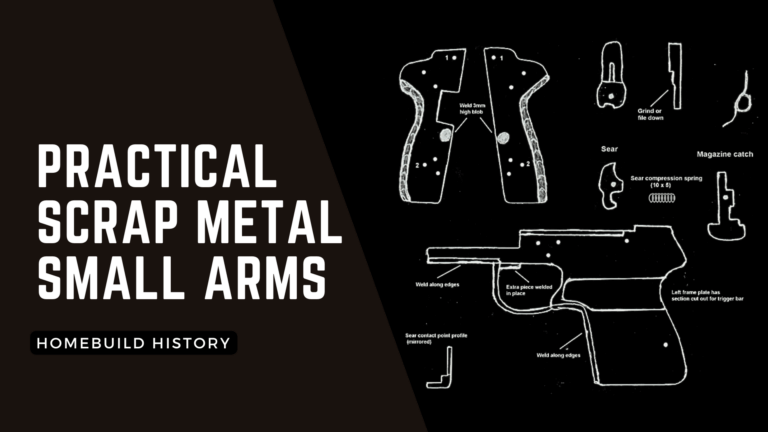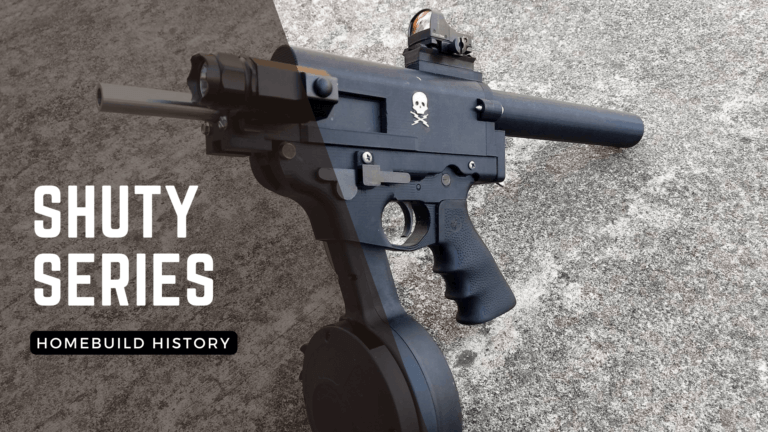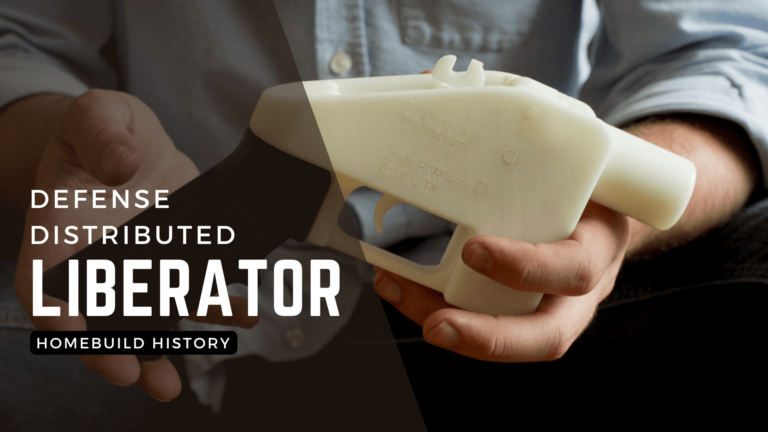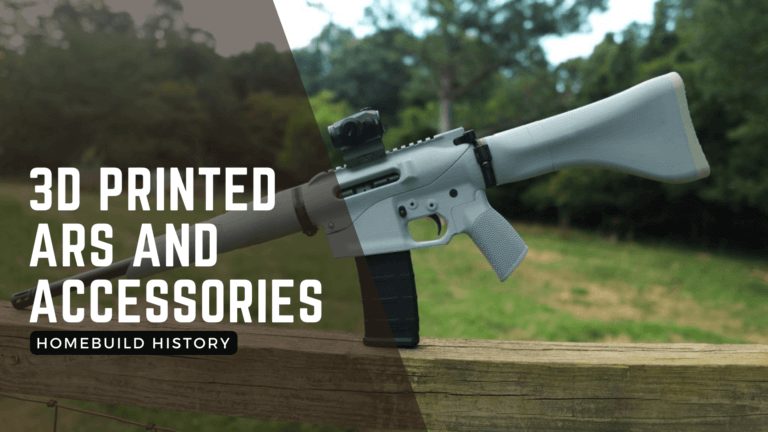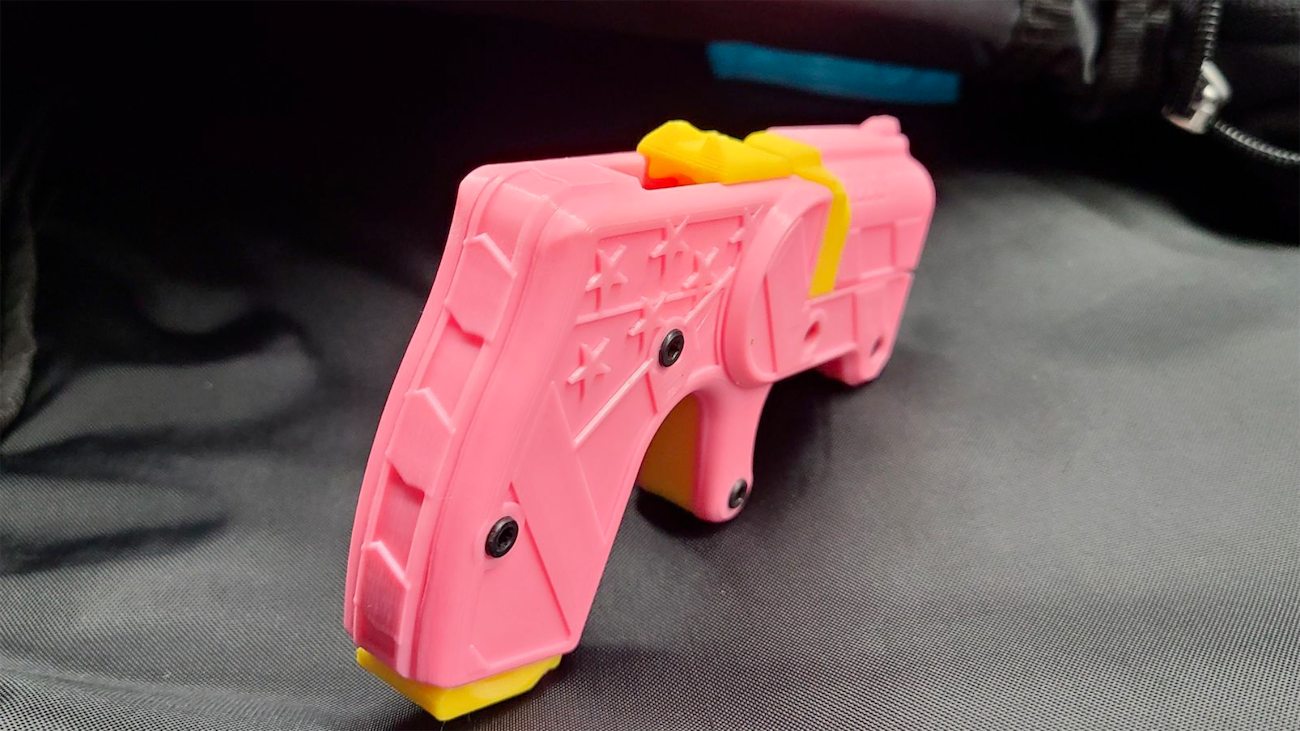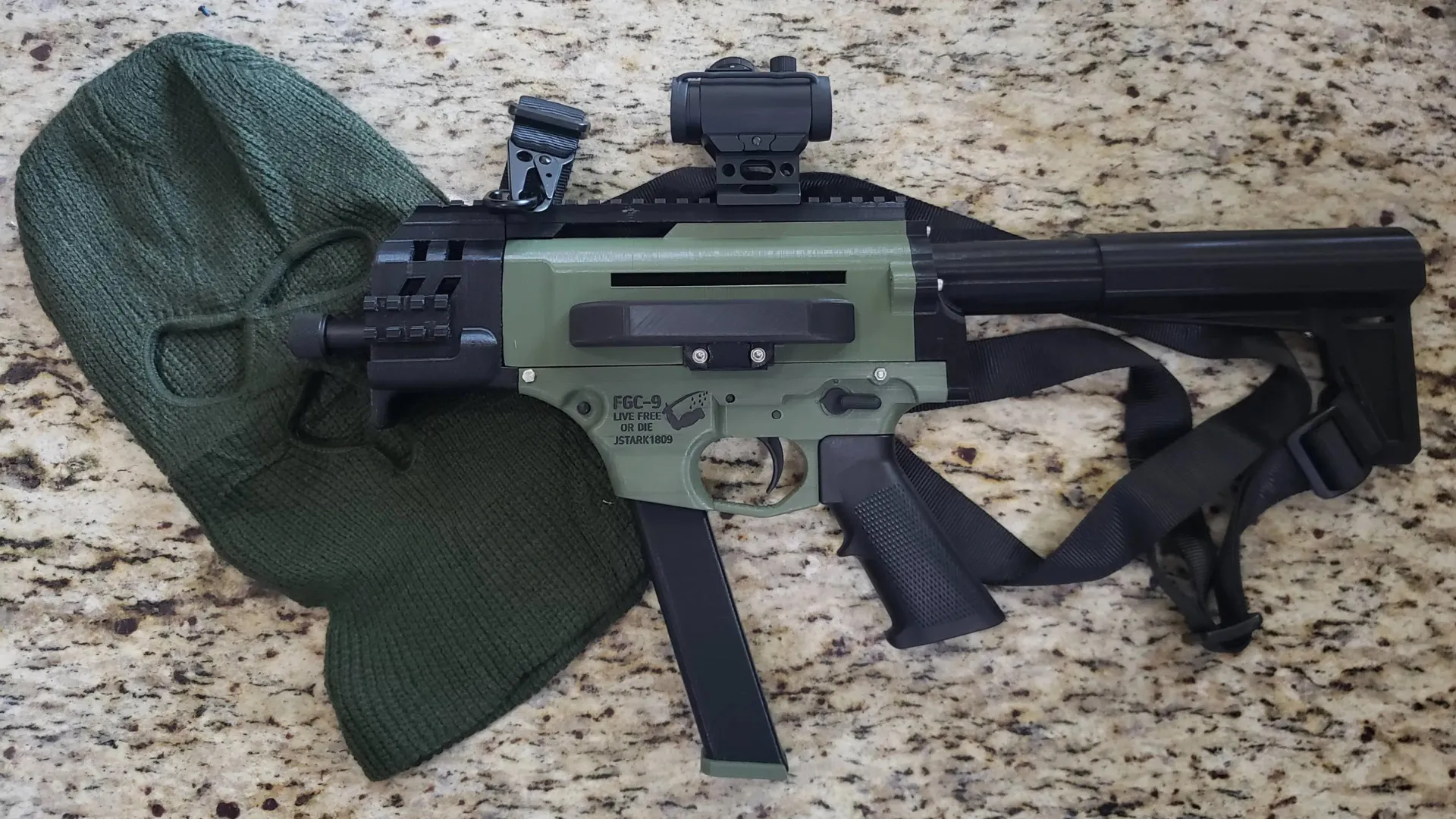Welcome to Homebuild History, a new segment on 3D Gun Builder’s website where we focus on the history of some of the most iconic homebuilt firearms, their contributions to the world, and most importantly, how YOU AT HOME can get your hands on these classic arms and armaments!
What’s the Story?
In the world of American submachine guns, none have arguably been as influential as the MAC. Whether MAC-10 or MAC-11, Gordon Ingram’s little stamped metal that could has captivated American culture for years. The MAC has been in movies, songs, music videos, games, and every type of literature under the sun.
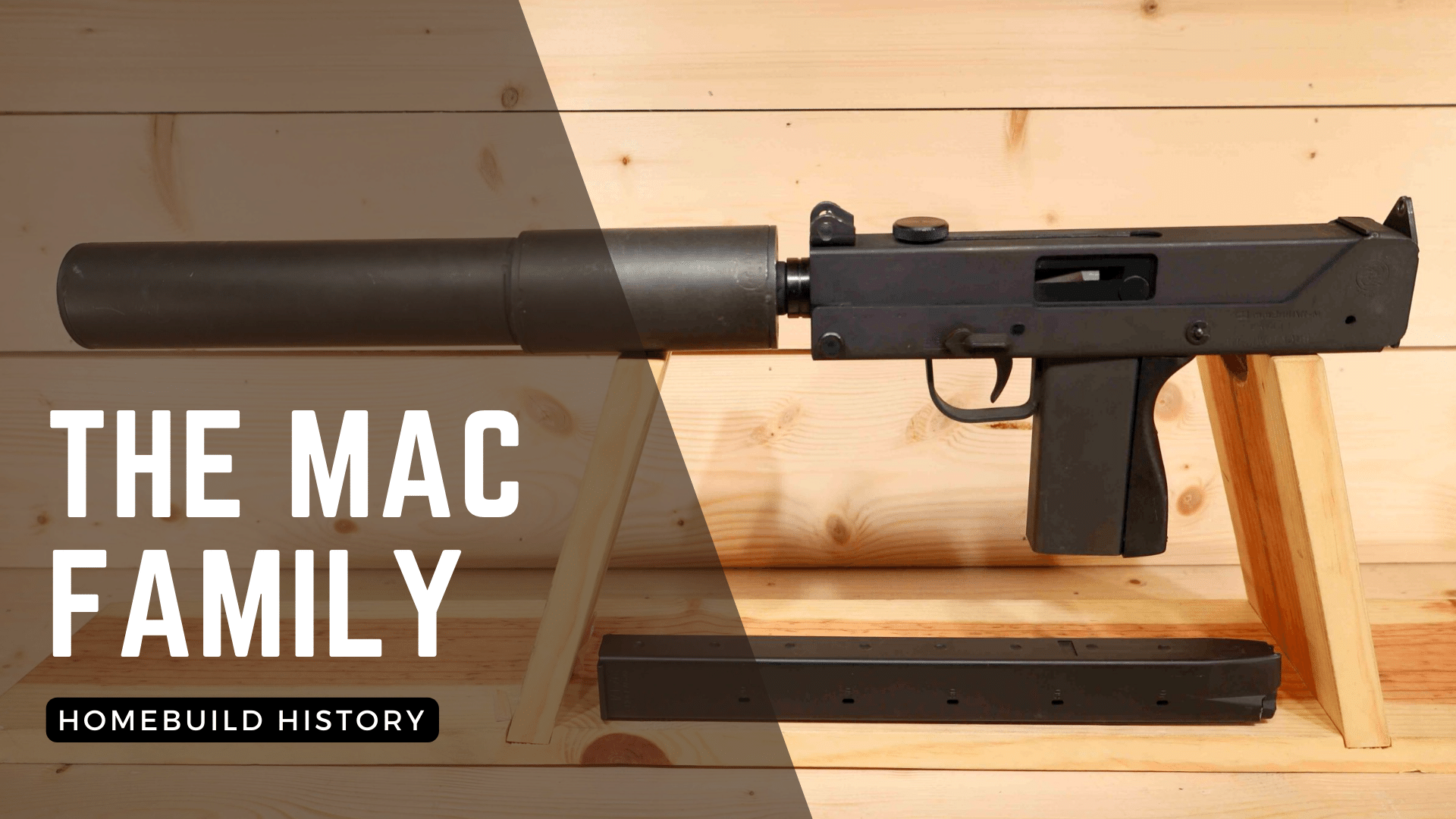
How a crude SMG churned out to shill a suppressor system became the gun of choice for everyone from John Wayne to Biggie Smalls is a story in and of itself. Laden with government intervention, bankruptcy, and imitation, let’s get to it, shall we?
Sionics Support
The story of the MAC family starts with Gordon Ingram, US Army veteran. Ingram crossed paths with legendary spec ops veteran and mercenary Mitchell WerBell, who had started developing suppressors for military guns. WerBell wanted a submachine gun to fit a suppressor on, and Ingram was more than happy to give him one.

The original MAC, the M10, was born from this union. The gun’s simple as can be. Stamped steel everywhere it can be, with the only serious machining being the barrel and telescoping bolt. The latter feature is why some call them “machine pistols” – they’re exceptionally compact weapons, even when suppressed.
The resulting combination became a cheap and efficient submachine gun with unparalleled Sionics-branded silence compared to other models in service at the time. The reuse of old Grease Gun magazines further added to its cheapness, and it became a prominent special forces weapon.

Small Package
While the MAC-10 was relatively successful, future family members were not. The MAC design was shrunk down to .380ACP to make the MAC-11, which itself was eventually stretched to 9mm and sold as the M-11/9, the most common modern version. All are functionally identical but sized differently.

Military Armament Corporation’s downfall was due to a lack of success targeting the civilian market. At the time, new machine guns were still legal to sell to the public, but the company’s focus on military sales saw its bankruptcy leave many unfinished flats in the hands of a new company, RPB Industries.
Thus began an unfortunate pattern of bad luck – RPB went under after ATF harassment that sparked the de facto ban on open bolt semi-auto guns. Wayne Daniels bought out their inventory, creating SWD – better known as Cobray. Many of the used MACs on the market were made by them at their Copperhill, TN factory.
Cobray/SWD changed its name to Leinad during the Assault Weapons Ban days after their original closed-bolt MAC models were banned. Of course, no one wants a downgraded MAC – and Leinad was sold to Shane Arrington, Sylvia Daniels’ son, and renamed back to Cobray. By this point, it was a bit too late for them, though.
Production and Proliferation
Liquidation of much of Cobray’s inventory, including many flats, gave away the secrets of the MAC design. Companies like Masterpiece Arms and Velocity Arms began producing copies of the MAC, primarily the M-10 and M-11/9. Parts sellers popped up, offering aftermarket bits and conversion kits.
Even 3D printers got on board. The MAC Daddy, SVTR, and Big MAC, among other designs, were made to use preexisting and newly made parts. Printed upper receivers were made. MACs were kitbashed into every conceivable shape and form.

MACs even started showing up in the favelas of Brazil next to true homemade designs like the Luty and other hand-crafted arms. While the suppressor side of the system has mostly been forgotten due to pesky ATF regulation, the MAC has become an American icon in and of its own.
Moonraker. Escape from New York. Scarface. All iconic movies, all used the MAC. It’s been everywhere from futuristic Detroit in Robocop to gunning down vampires in Blade. Kids have grown up using it in Counter Strike, Battlefield, and Call of Duty, among many other video games. The MAC was, is, and will be a legendary gun.
How do I make it?
We head back to Professor Parabellum’s stockpile of designs for a 2-for-1 – technically even a 3-for-1. The second ever design the legendary gunsmith released was a version of the M-11/9 (called the MAC-11 since few people use the .380ACP the actual MAC-11 used).

His fifth release was, as seen above, a series of updates intended to increase the performance of the oft-derided MAC-11 design. No longer was it, to quote IAPC researcher David Steels, “fit only for combat in a phone booth.” Release 6 was a proper MAC-10 design, and the one which seems to form the basis of many Brazilian copies.
Manufacturing* of these guns is extremely simple and requires little if any complex tooling. The use of box steel tube makes for an easy build, as does the bent sheet metal receiver. Build yourself a MAC and never look back.
Tune in next week for more Homebuild History!
*Legally, of course. Laws don’t stop you from building this, but we at 3DGunBuilder encourage readers to follow all legal guidelines. If you can’t make this in your state or country, please don’t try to. Just remember that this is here for educational and research purposes only.

